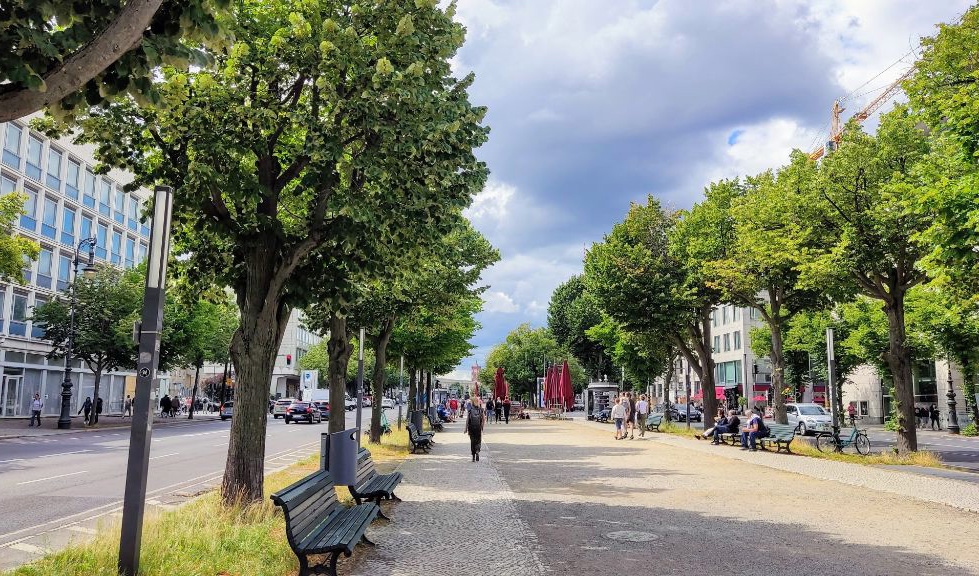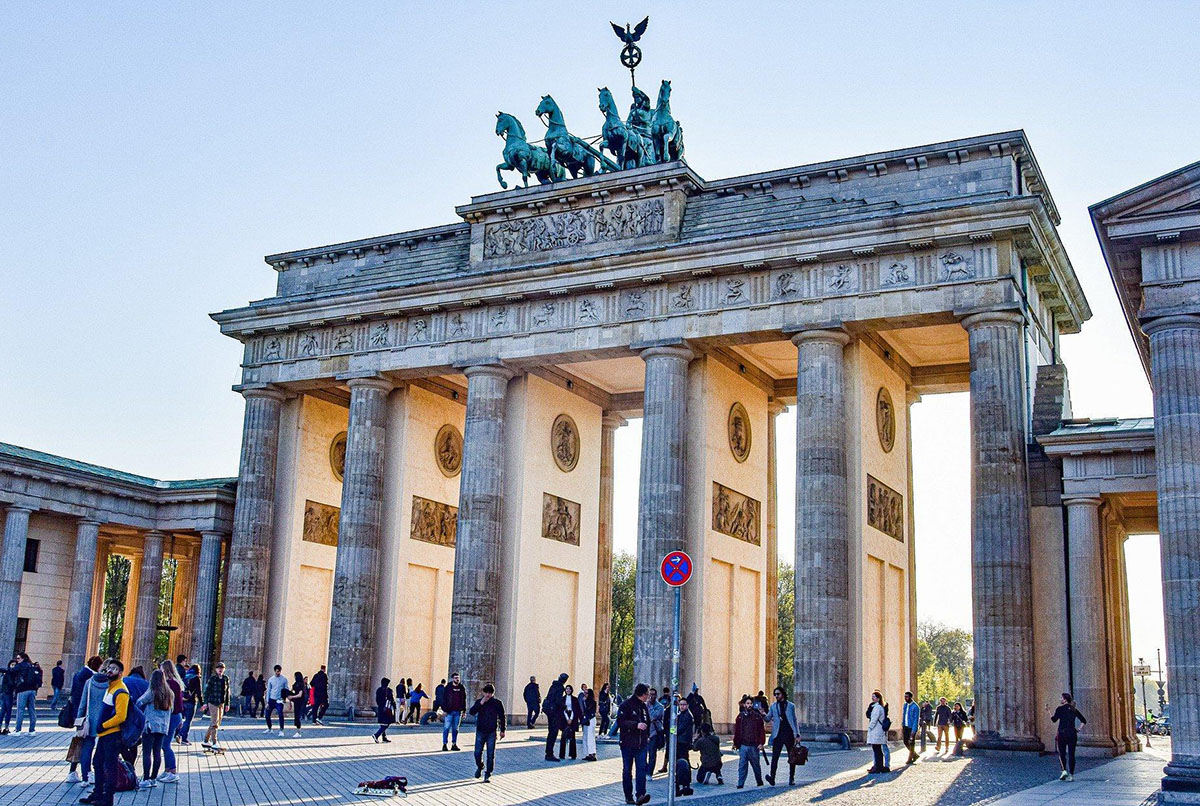Brandenburger Tor Berlin
Audio Guide Brandenburger Tor
The Brandenburg Gate is a triumphal arch in Berlin, built between 1791 and 1795 by order of King Frederick William II of Prussia. It served as a symbol of peace and stability, calling for an end to the long years of war. The gate was designed in the Doric architectural style and adorned with sculptures created by the renowned German sculptor Johann Gottfried Schadow. At its top stands a quadriga, depicting the goddess of victory, driving a four-horse chariot.
The Brandenburg Gate is considered one of the most significant symbols of Germany and Berlin, attracting tourists from all over the world. In 1987, it was included in UNESCO's World Heritage List. It also gained global importance as a symbol of European unity after the fall of the Berlin Wall in 1989, marking the end of the continent's division.
During the time of the German Democratic Republic (East Germany), the Brandenburg Gate was located in West Berlin and was inaccessible to residents of East Germany. This situation symbolized the division of the country and represented hope for future unity.
The quadriga on top of the gate was taken to the Soviet Union as a trophy after World War II but was later returned and restored in 1958.
The Brandenburg Gate has been the site of numerous historical events, including President Reagan's famous 1987 speech calling on Gorbachev to tear down the Berlin Wall.
Today, the Brandenburg Gate remains one of the most popular tourist destinations in Berlin and serves as a venue for various cultural events and holidays, including New Year's and Christmas celebrations and festivals.
Other sights
-
Alexanderplatz
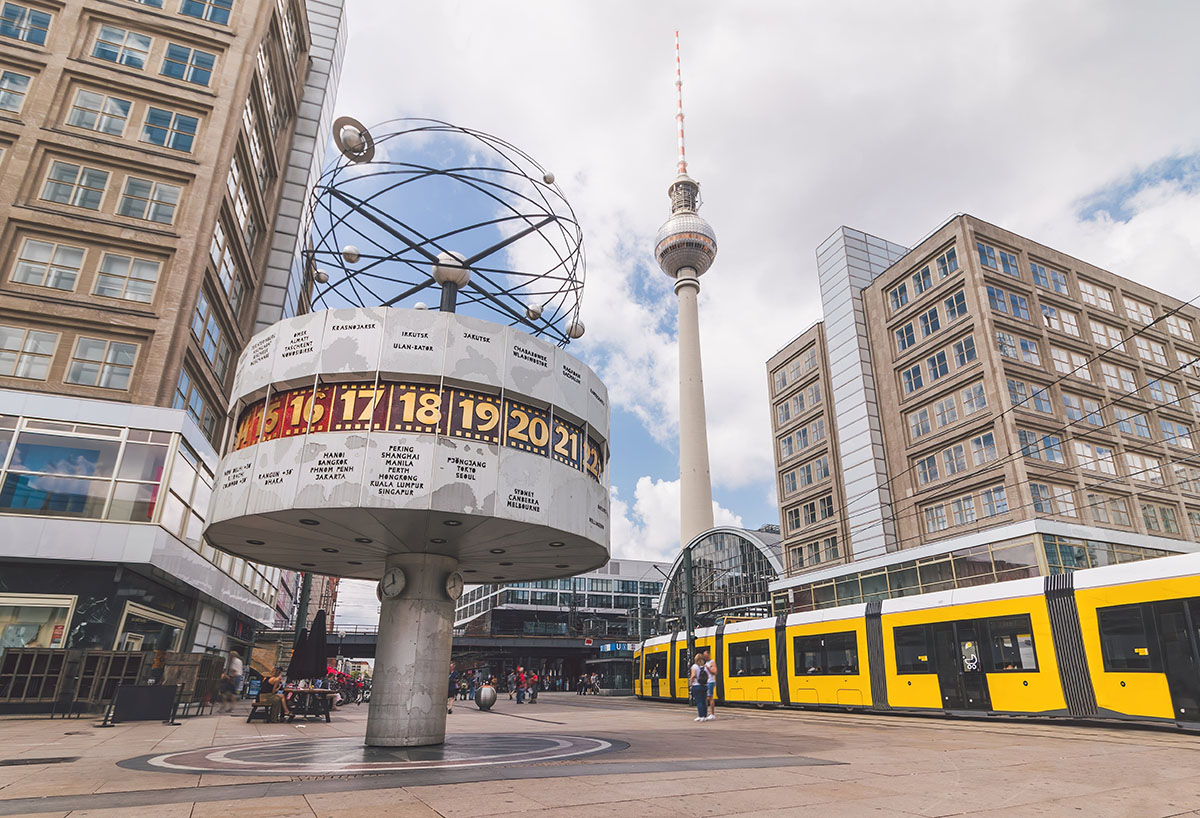
-
Berliner Mauer
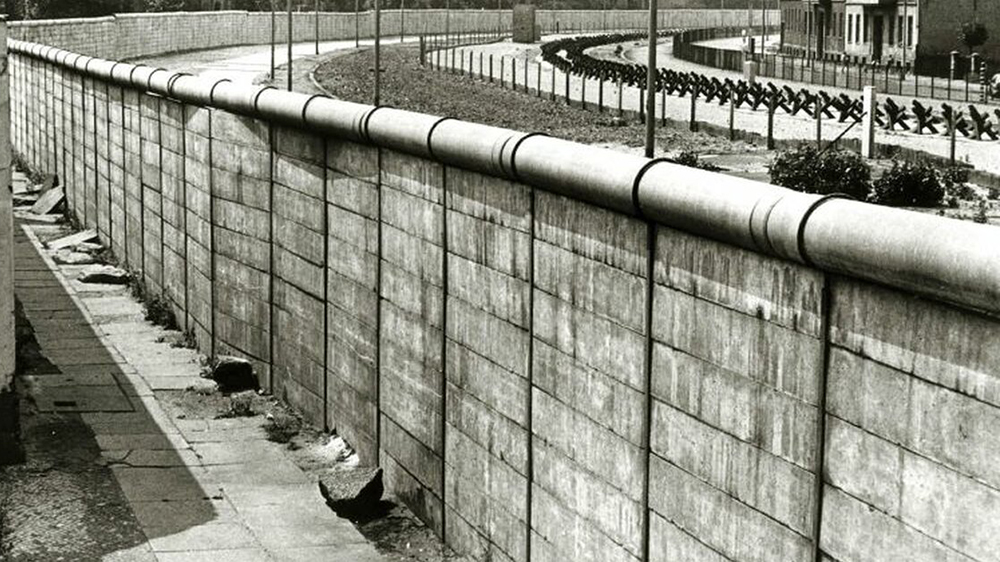
-
Checkpoint Charlie
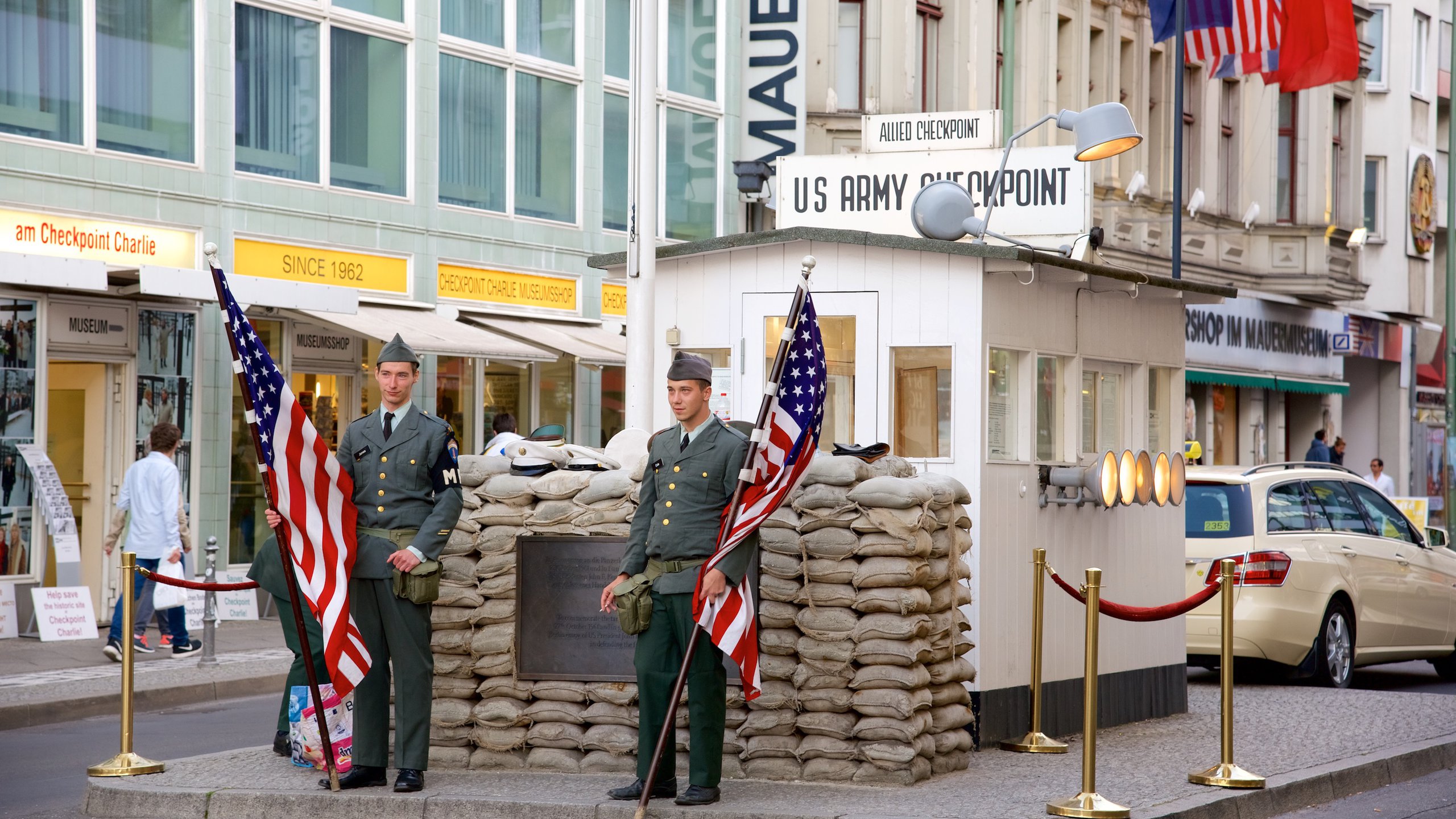
-
DomAquarée
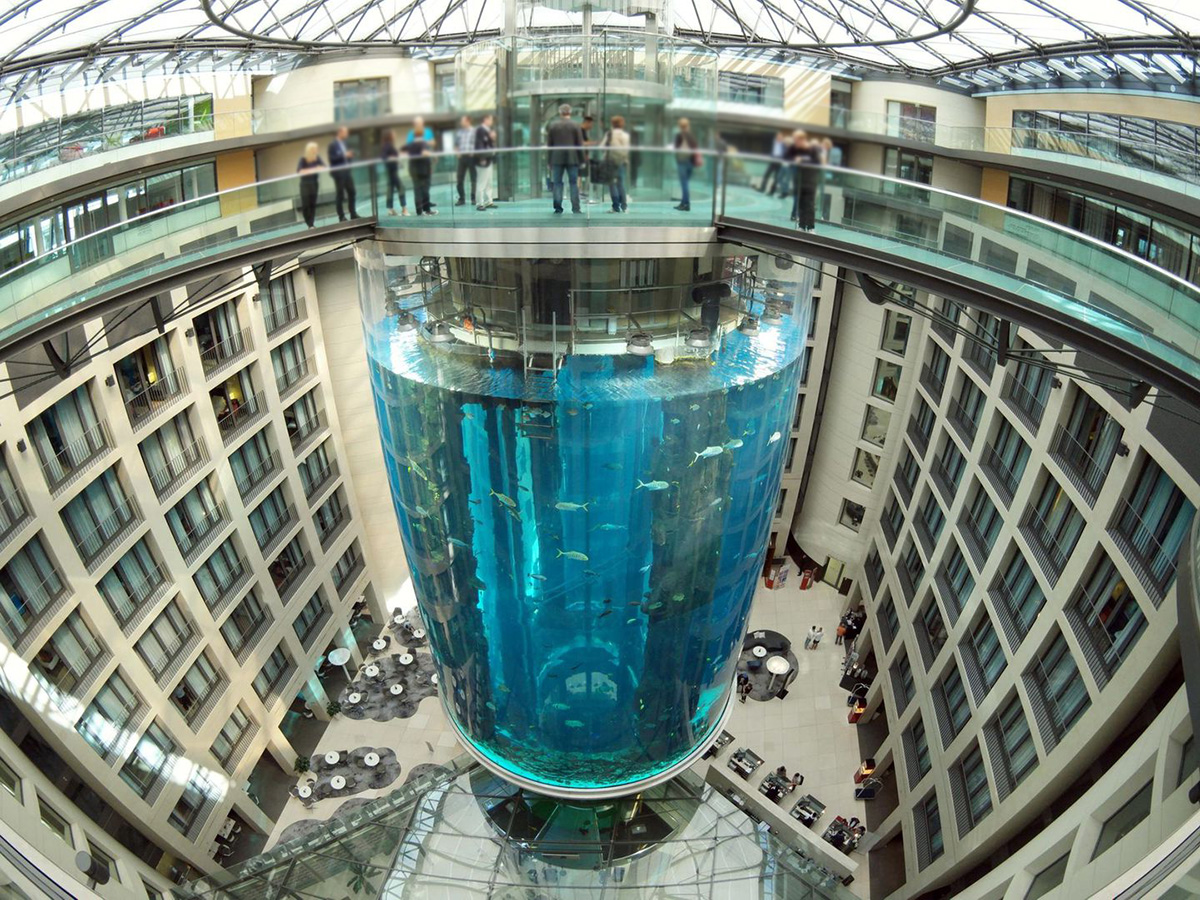
-
East Side Gallery

-
Elefantentor / Zoo
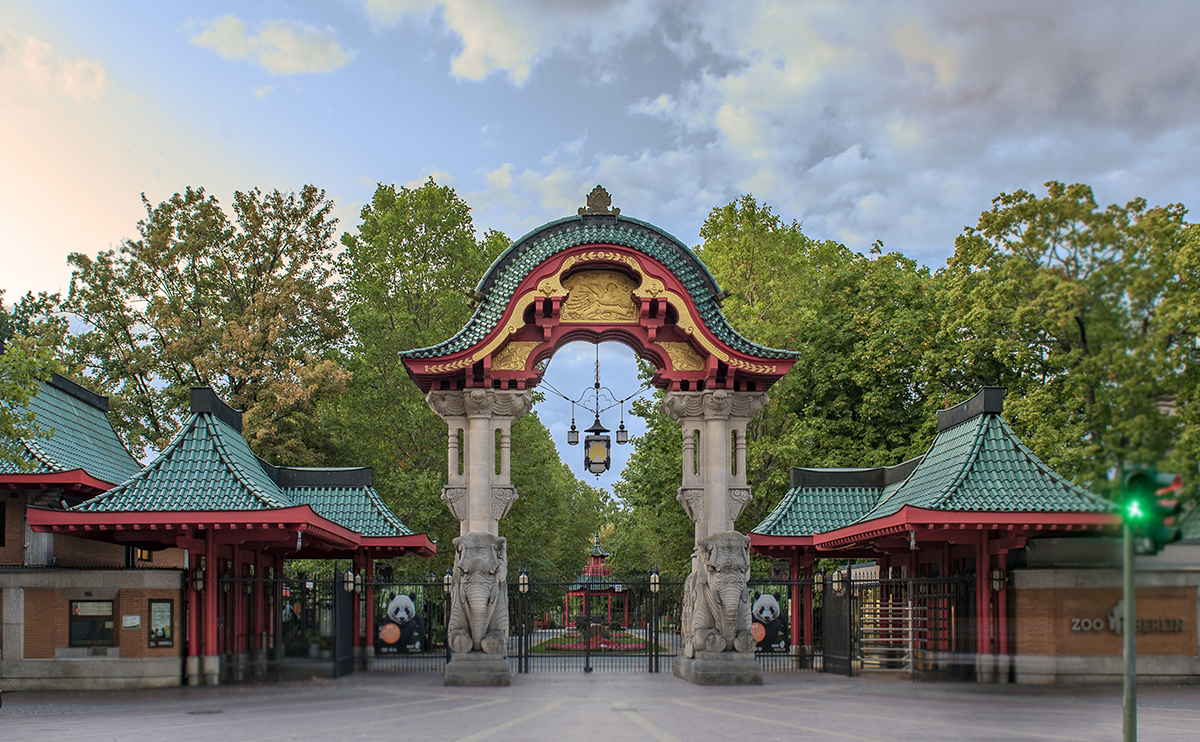
-
Friedrichstrasse
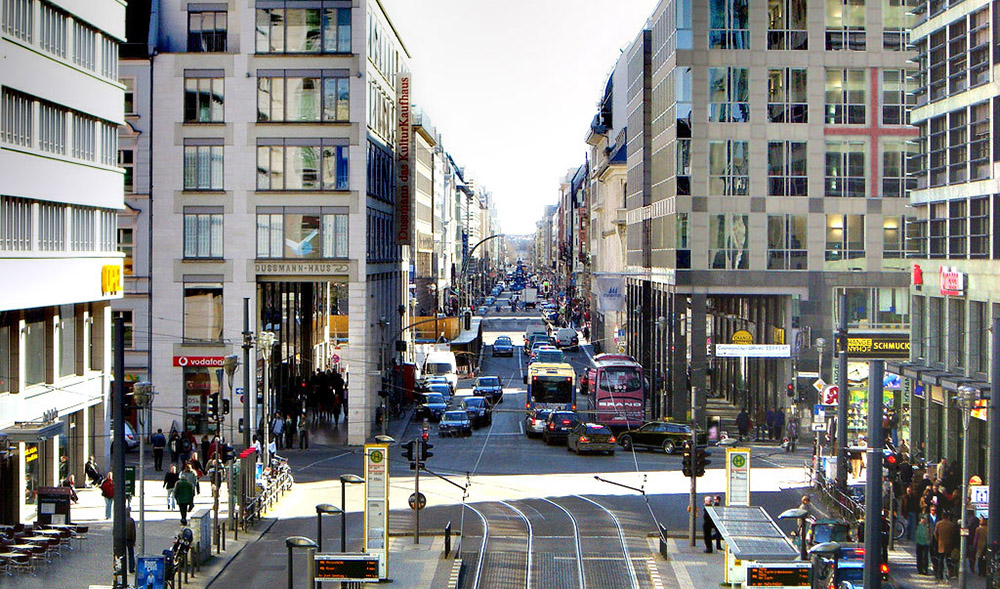
-
Gedächtniskirche / Rankestraße

-
Gendarmenmarkt

-
Gropius Bau
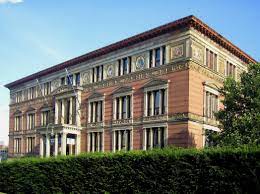
-
Hard Rock Café / Meinekestraße
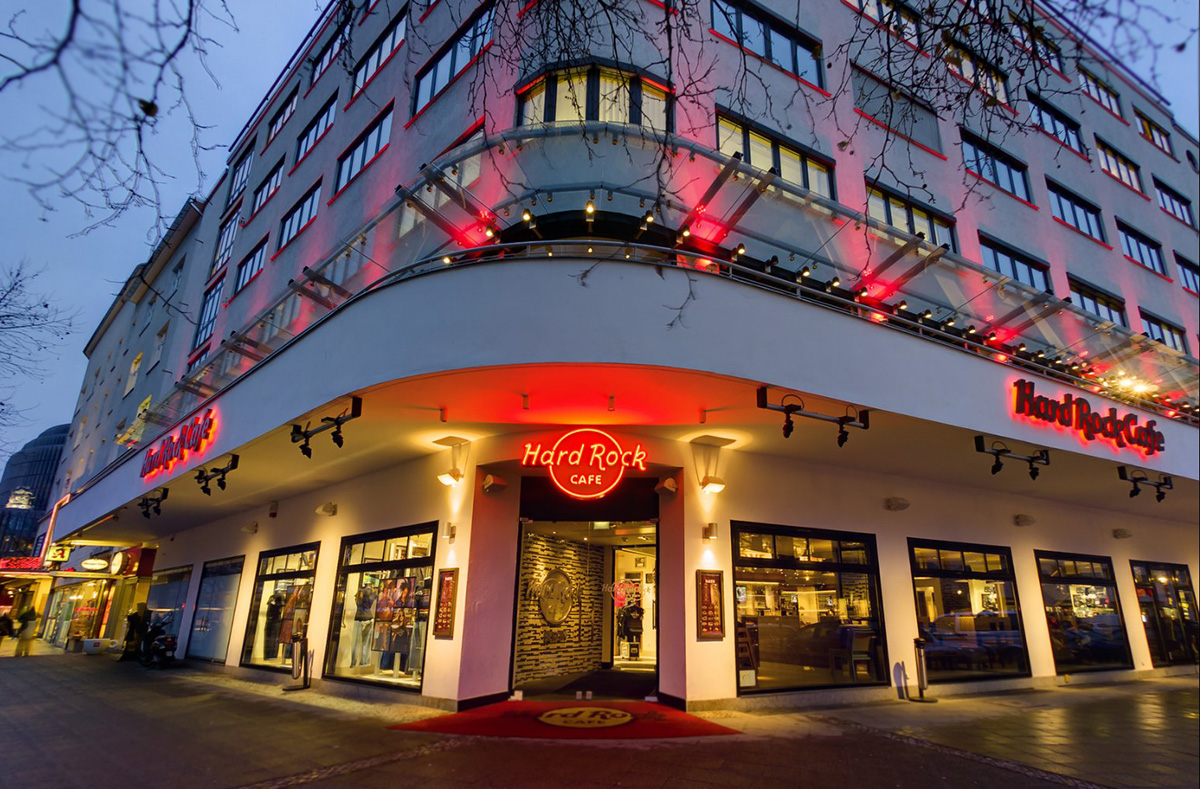
-
Hauptbahnhof
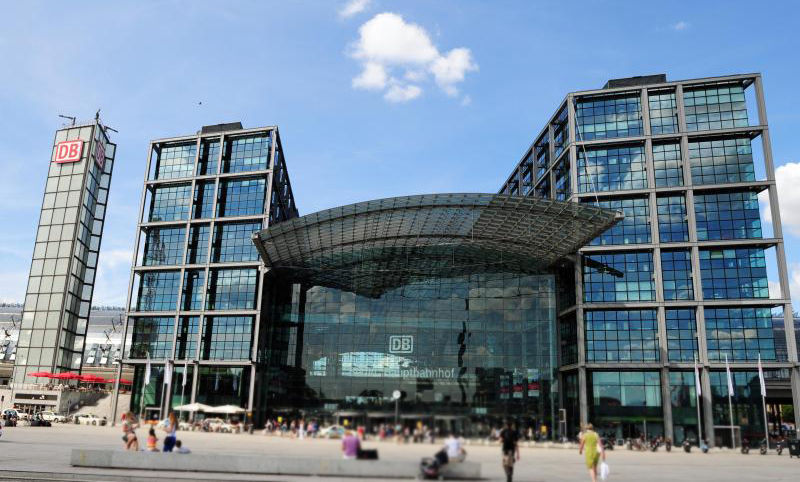
-
Haus der Kulturen der Welt
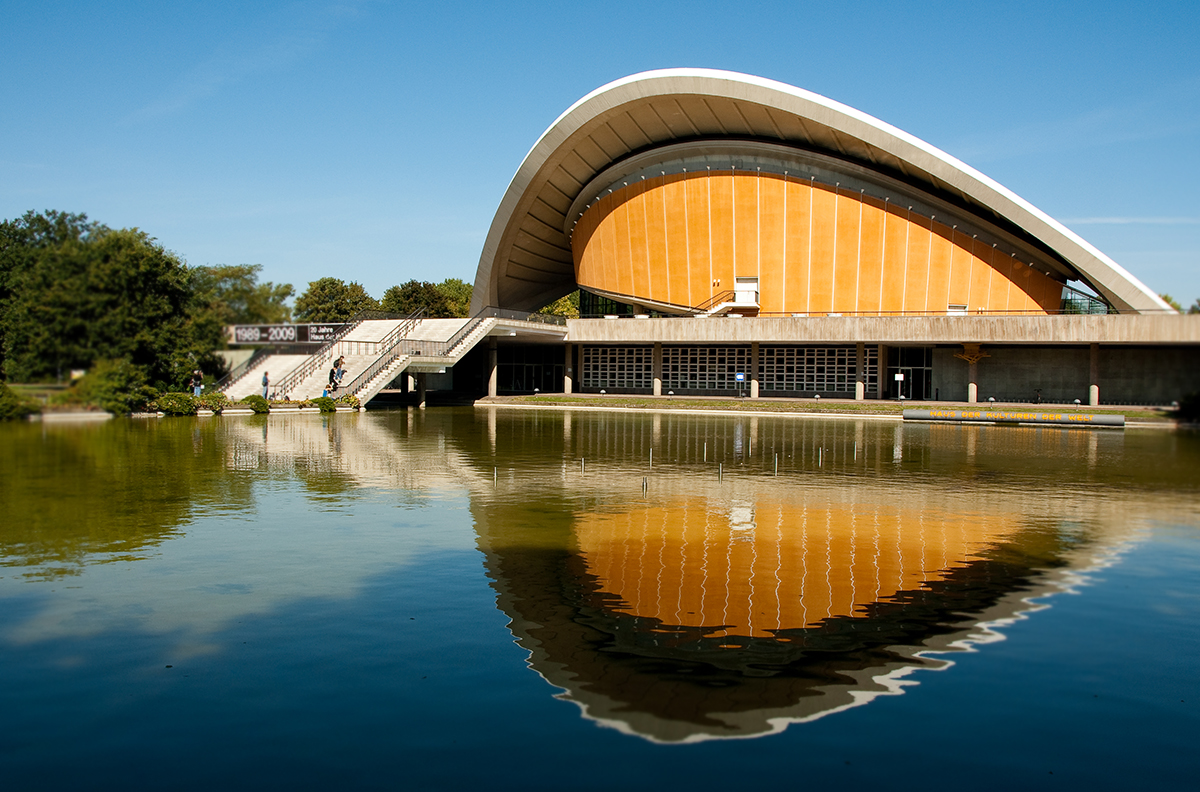
-
KaDeWe
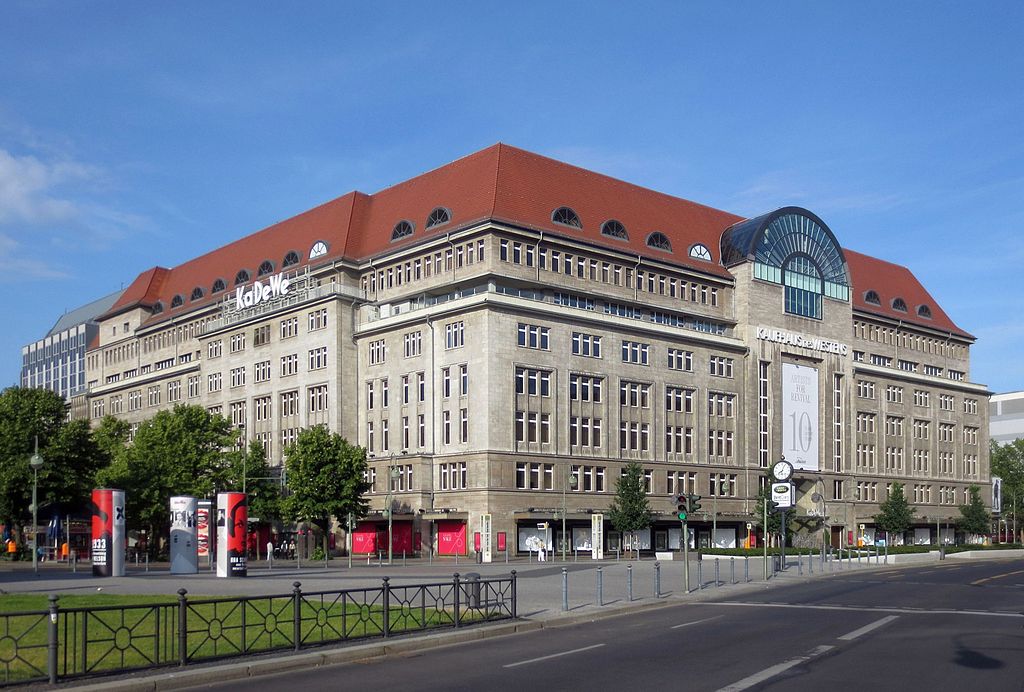
-
Karl-Marx-Allee
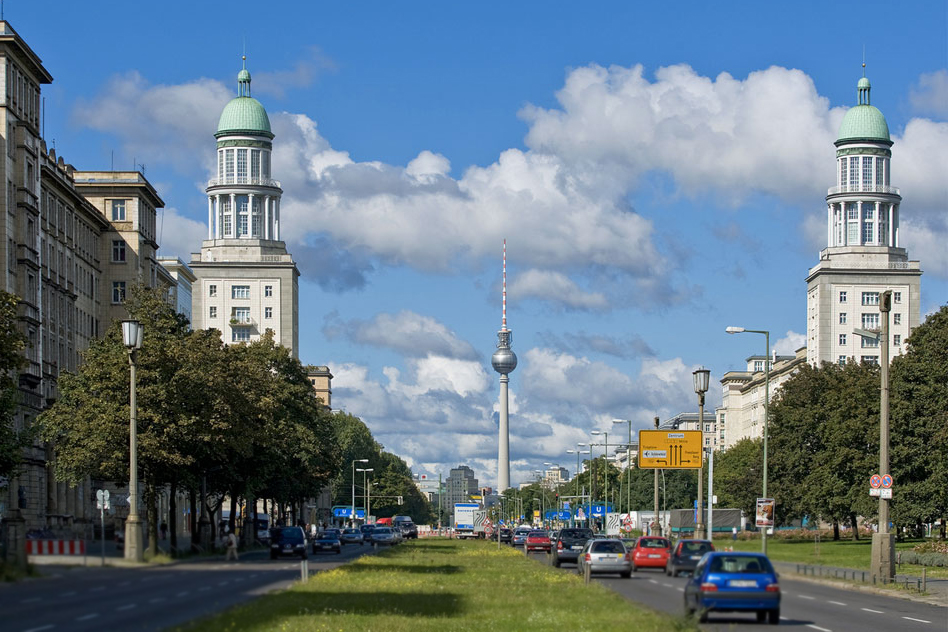
-
Kranzler
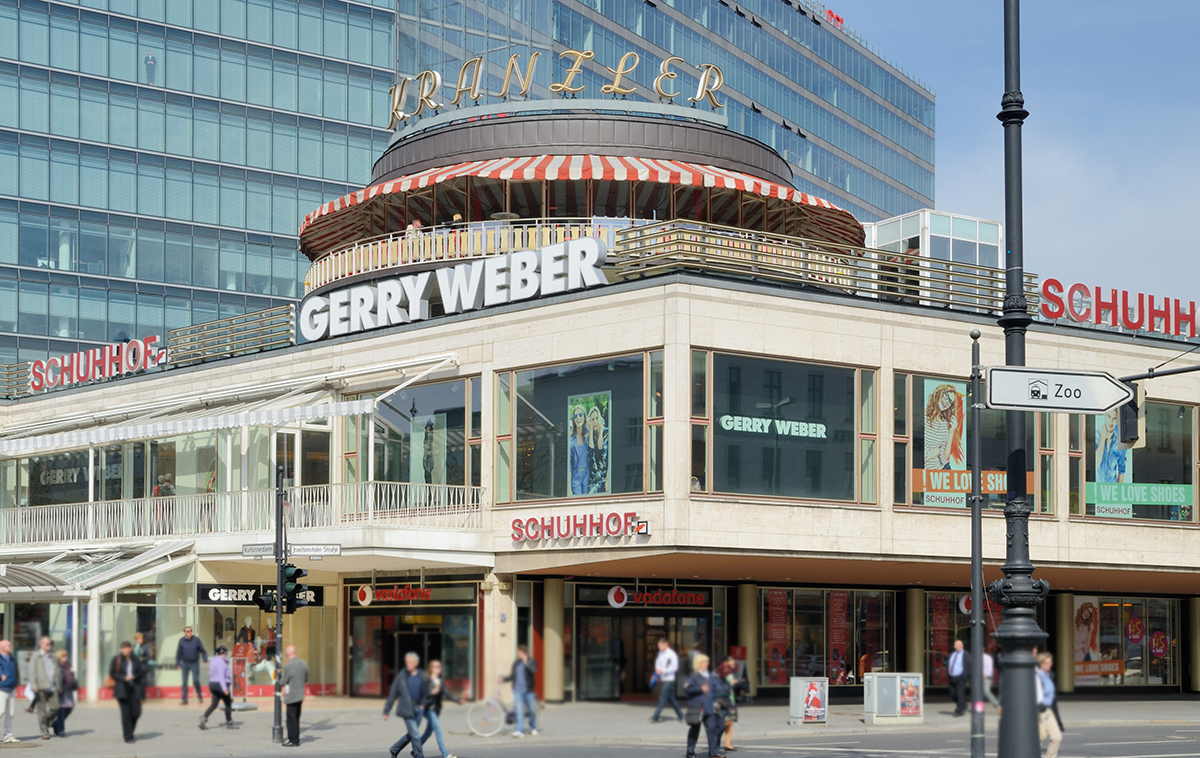
-
Ku Damm (Kurfürstendamm)
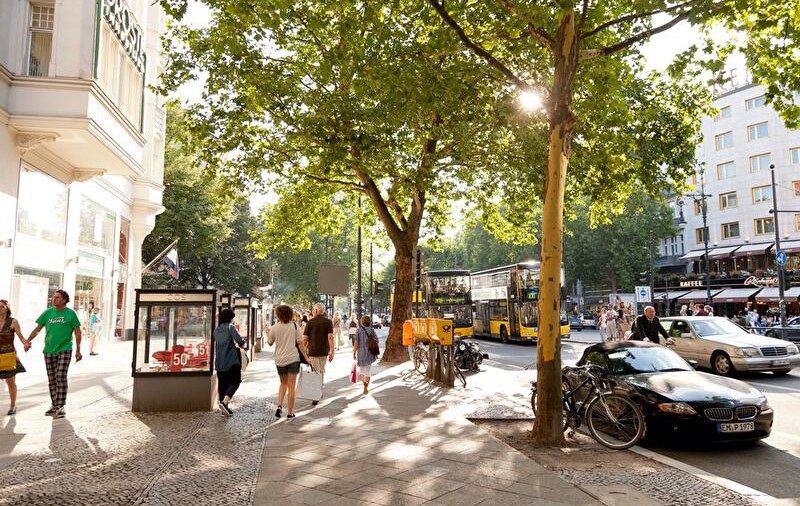
-
Kulturforum Tiergarten
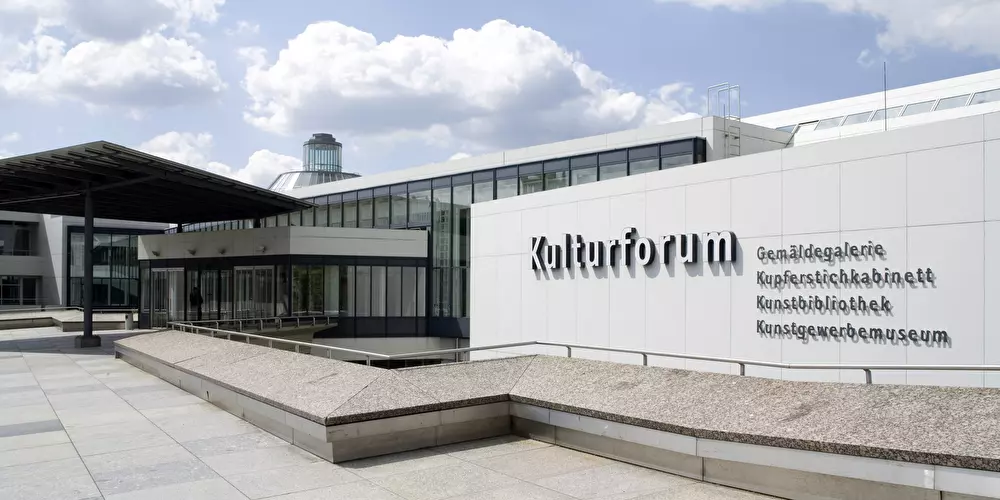
-
Kurfürstendamm 236 (Marmorhaus)
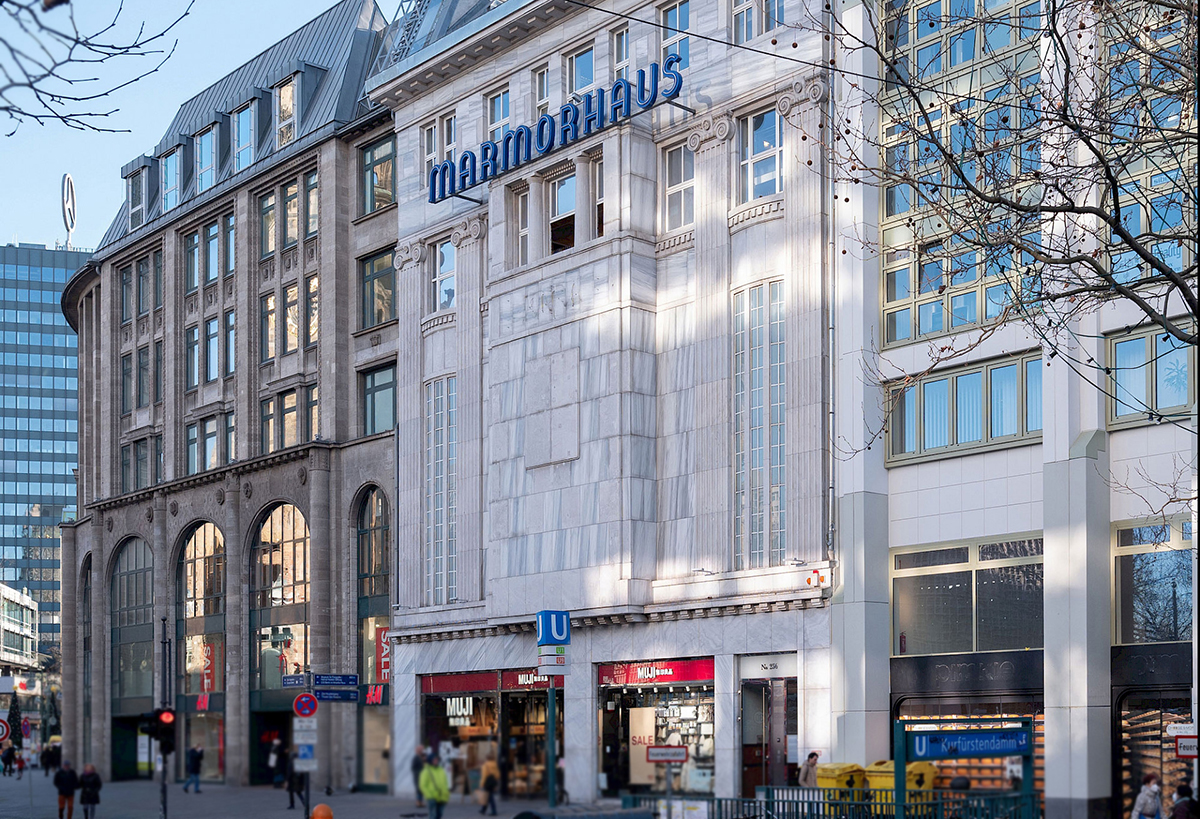
-
Lustgarten
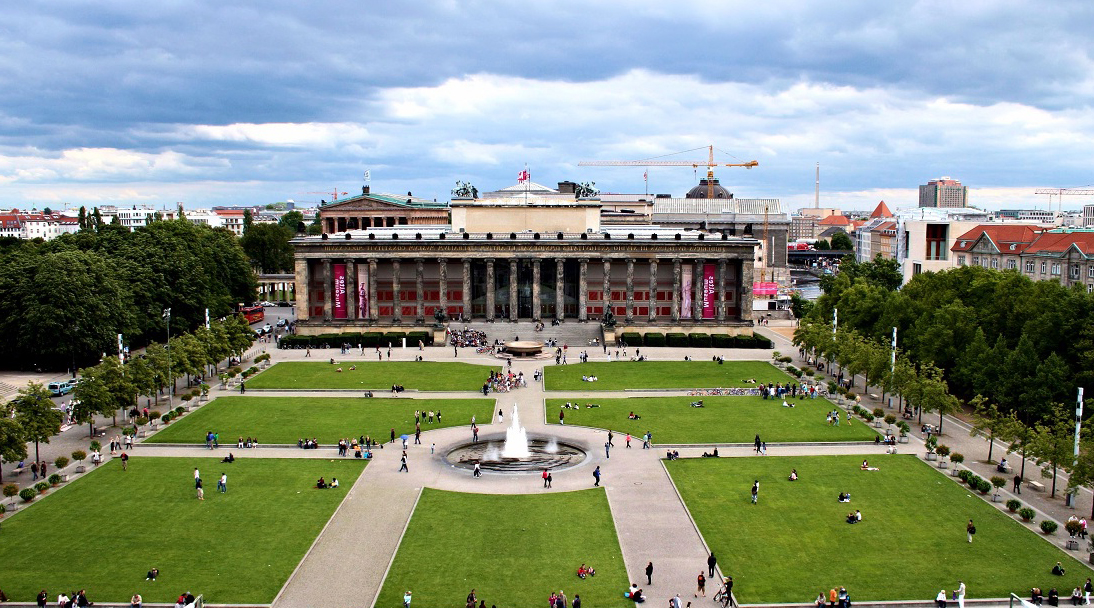
-
Lützowplatz
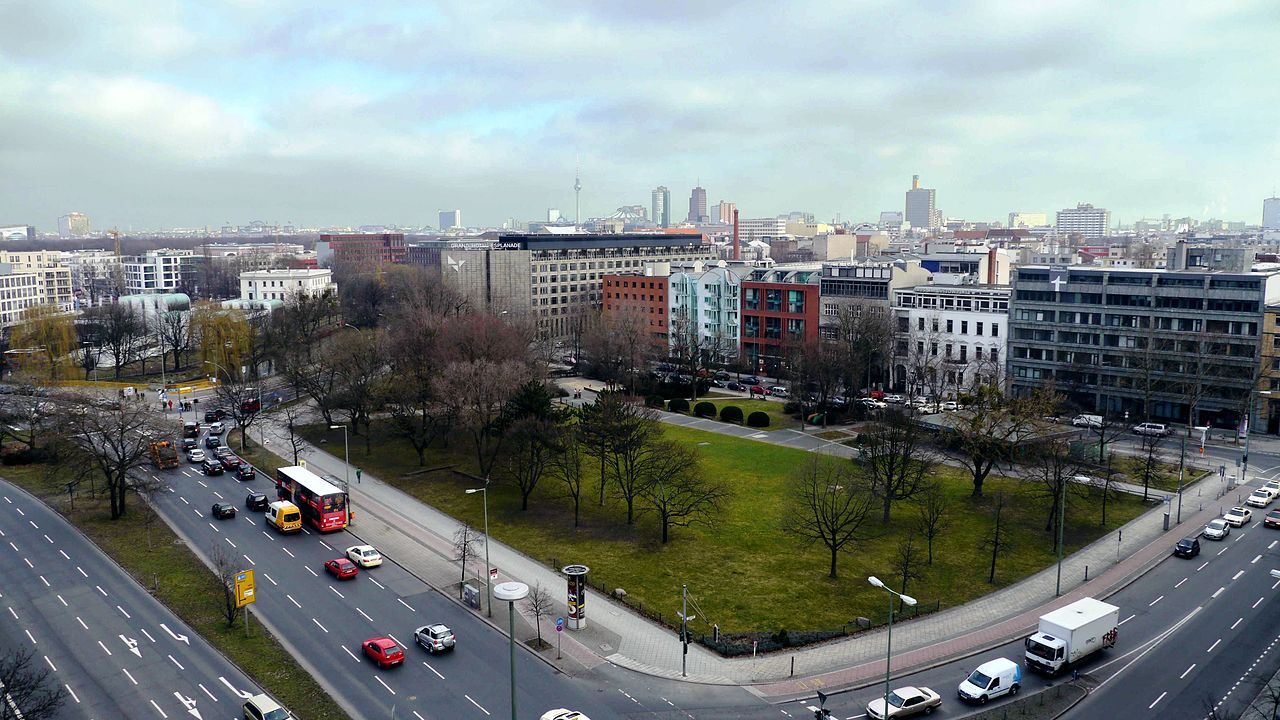
-
Museum Island / Museumsinsel
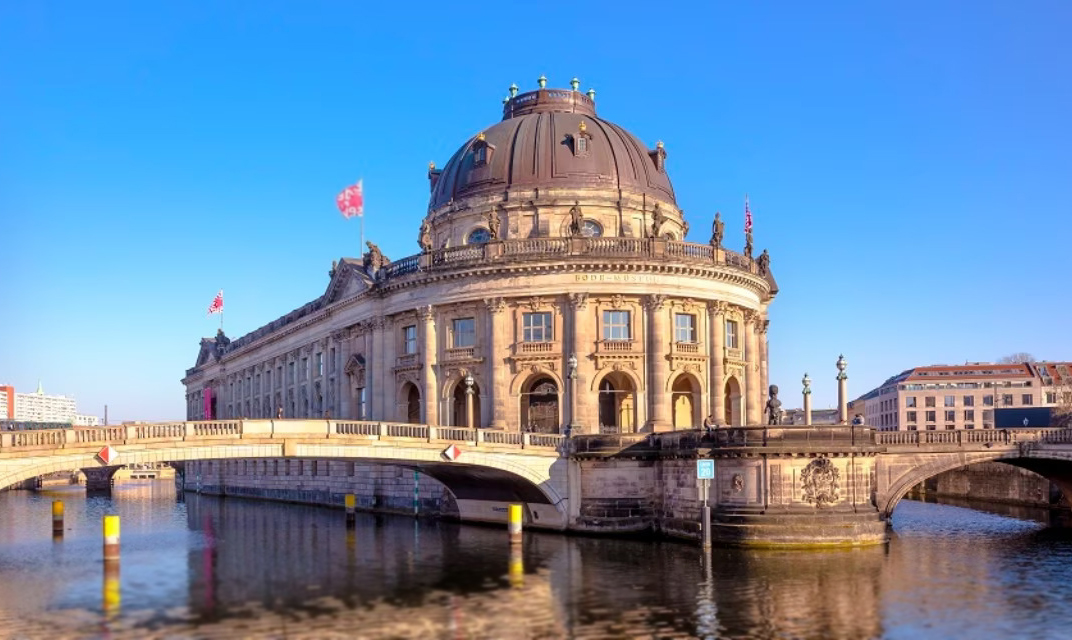
-
Neptunbrunnen / Rotes Rathaus
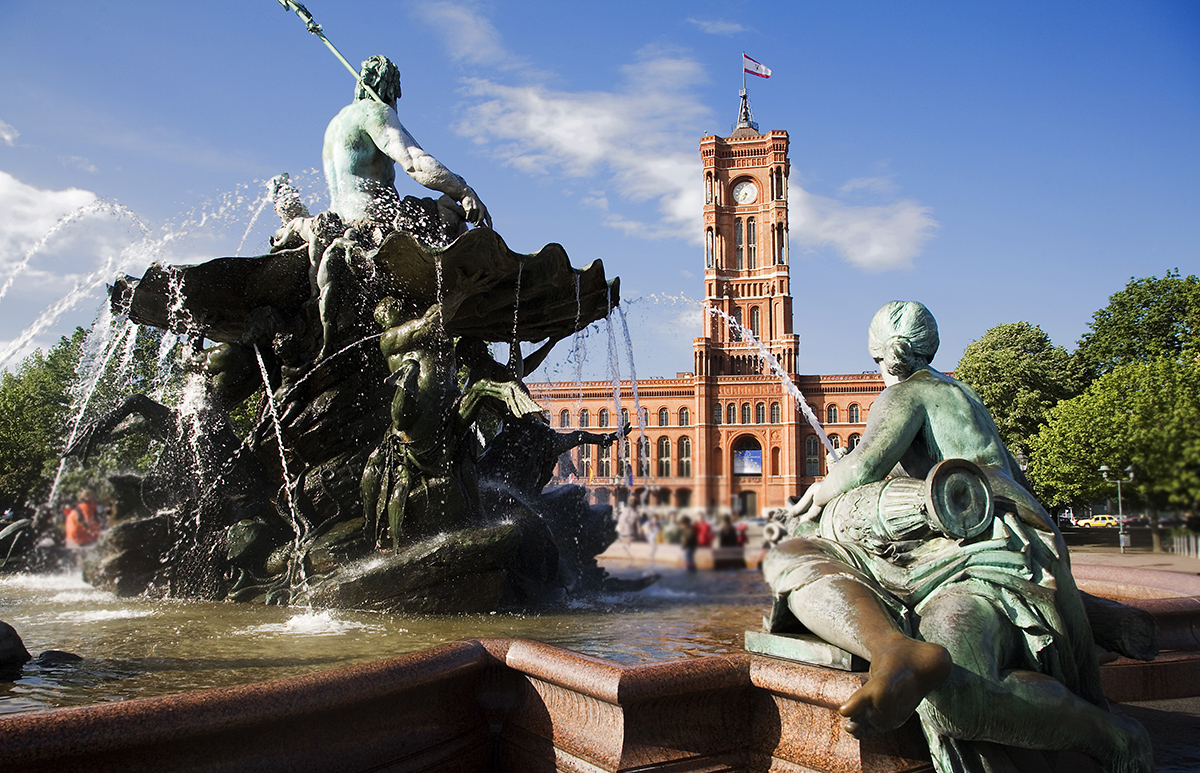
-
Ostbahnhof
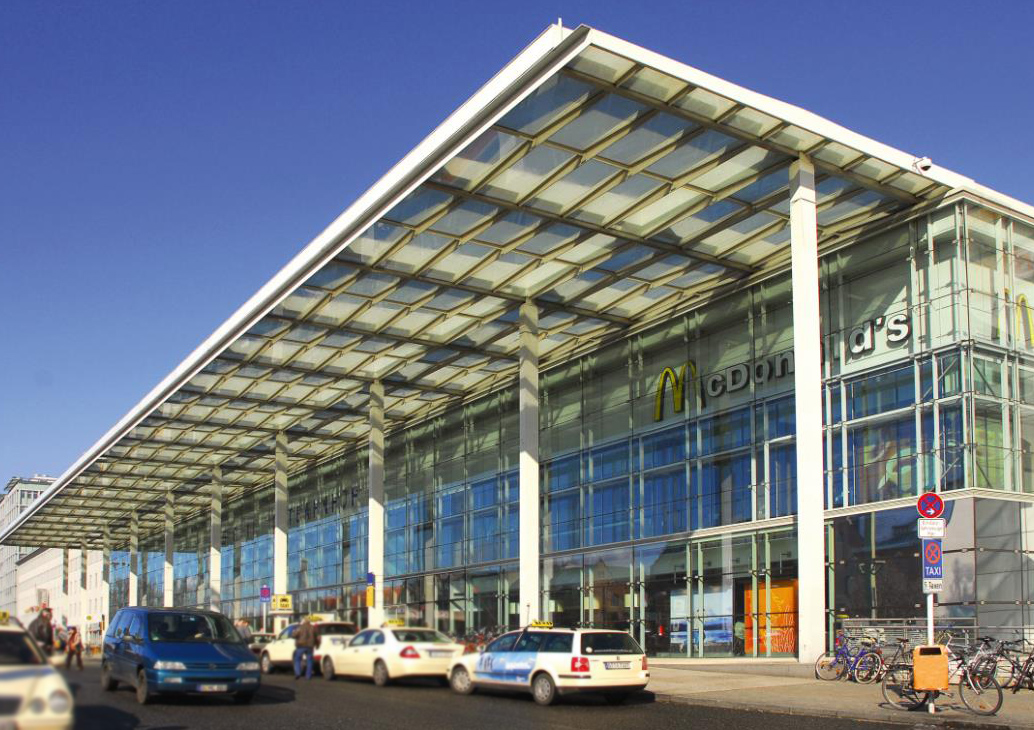
-
Potsdamer Platz / Hist. Ampel

-
Reichstag
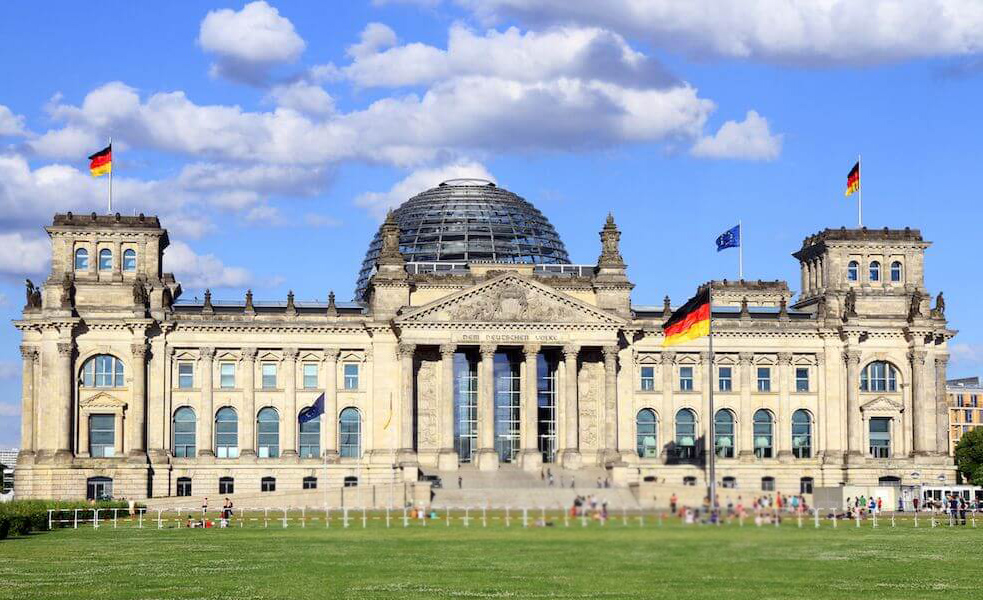
-
Rotes Rathaus

-
Schloss Bellevue

-
Siegessäule
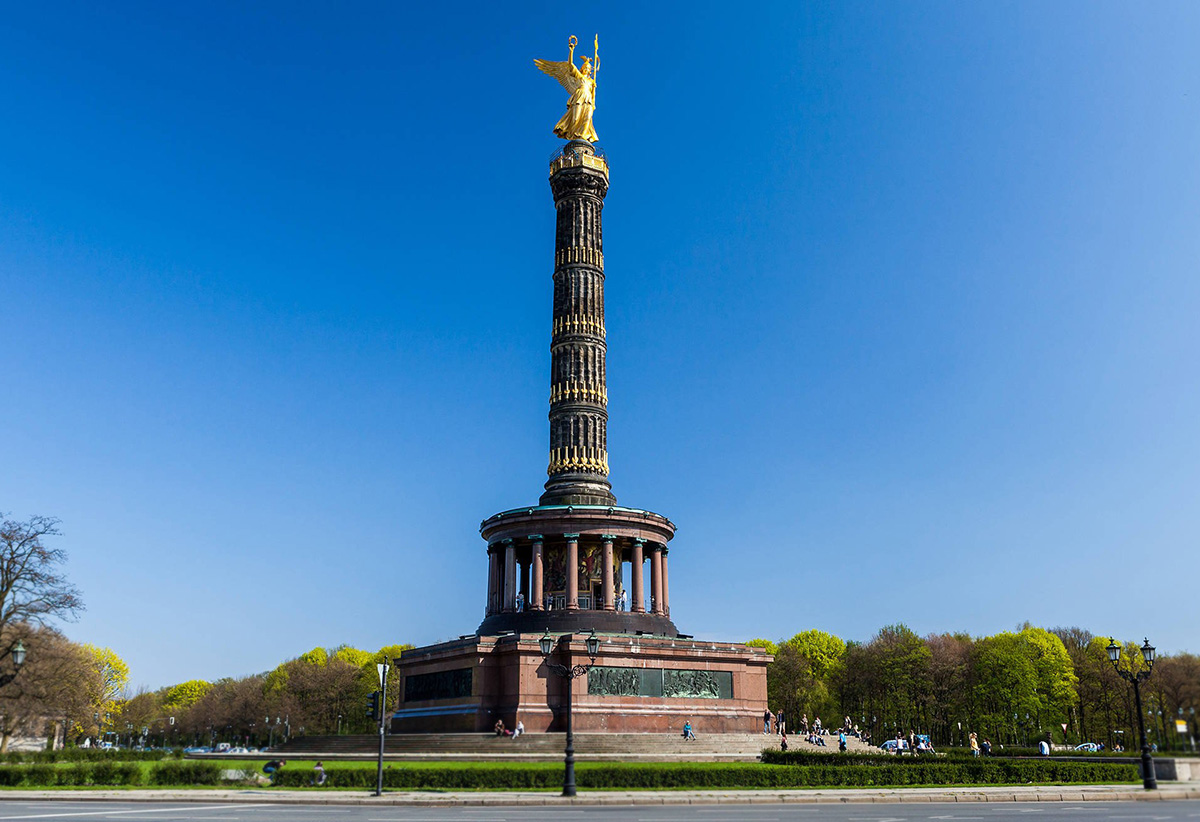
-
Tauentzienstrasse
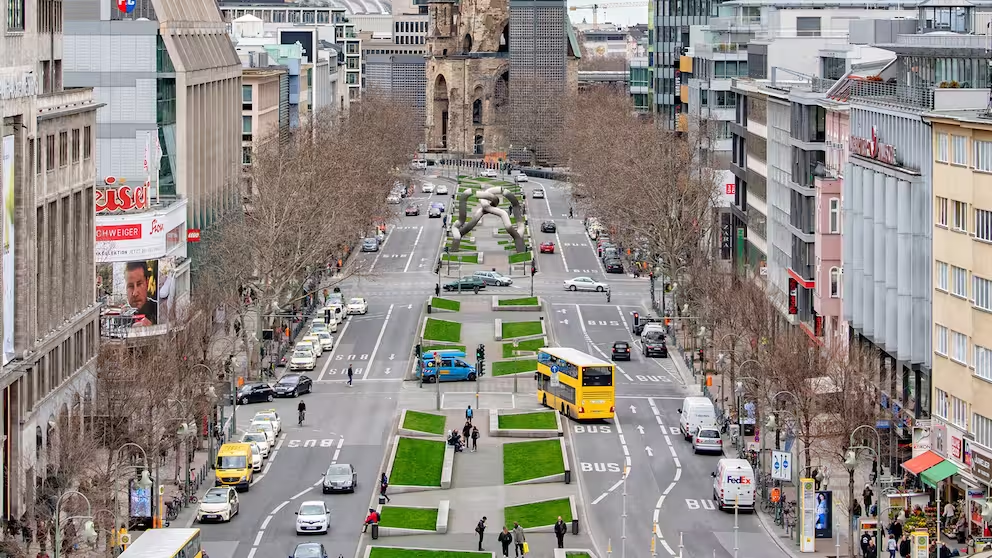
-
Unter den Linden / Friedrichstraße
